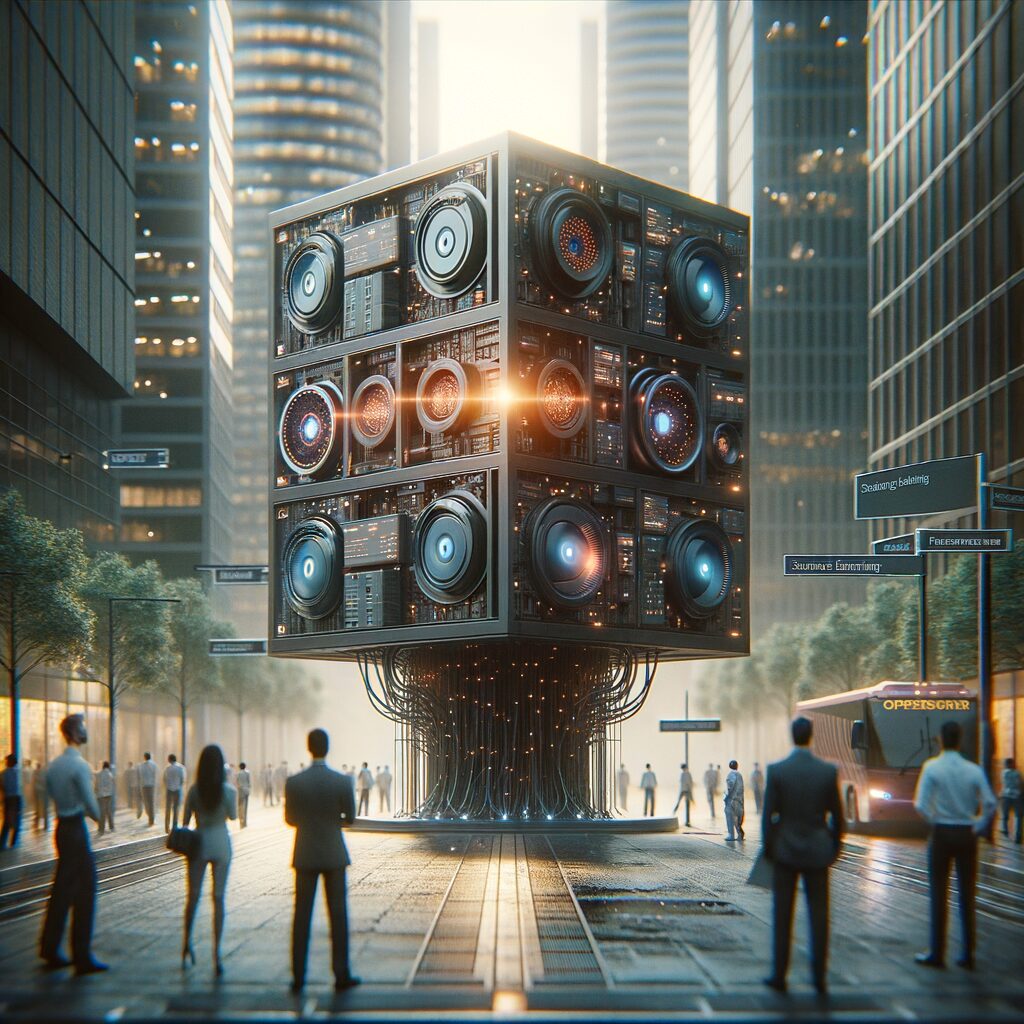Lean IT Is Out. AI-First IT Is In: Redefining IT for the Autonomous Age
In today’s rapidly evolving tech landscape, embracing AI-first strategies is no longer optional—it’s essential. With Artificial Intelligence (AI) transforming how we operate, the urgency for IT teams to shift from traditional roles to strategic partners is paramount. This article delves into the revolutionizing potential of AI within IT departments and provides insights into how these teams can transition from builders to orchestrators across infrastructure, engineering, operations, and talent. Are you ready to lead your IT department into the future?
The Evolution of IT Infrastructure
The transition from Lean IT to AI-first IT begins with revolutionizing infrastructure management. Historically, IT managed and maintained hardware, ensuring systems ran smoothly. However, AI is now capable of predicting hardware failures, optimizing workloads, and even self-healing. Why spend time on manual monitoring when AI can automate and enhance these processes?
Take Google’s use of DeepMind’s AI, which manages data center cooling systems at unprecedented efficiency levels. By trusting AI with infrastructure, IT departments can focus on governance and strategic innovation. Furthermore, deploying AI-powered digital twins can simulate IT environments, allowing teams to foresee potential issues and streamline systems without the associated risks. Is your IT infrastructure ready to embrace this AI-driven future?
These capabilities require a paradigm shift where IT professionals enhance their skill sets to oversee AI systems rather than direct manual operations, enabling them to concentrate on meaningful strategic initiatives.
Redefining Engineering: From Code Writing to Code Orchestration
With AI becoming proficient at writing and debugging code, IT engineers are at the cusp of a new frontier. Tools like GitHub’s Copilot are remarkable examples, where AI assists developers by suggesting code snippets and improving productivity. Rather than viewing AI as a threat, IT departments should consider it a partner. But how can teams pivot their roles?
By transitioning to code orchestration, engineers focus on designing high-level architecture, integrating AI advancements, and ensuring systems are secure and scalable. This shift enables IT teams to spend more time on innovation and less on repetitive coding tasks. It’s about empowering engineers to become overseers of creative solutions, where AI handles the grunt work.
This AI-first approach encourages engineers to adopt new roles where they can apply their expertise dynamically, leading to faster development cycles and revolutionary products that keep an organization ahead of its competitors.
Transforming IT Operations with AI Automation
Operations is another domain primed for AI transformation. Traditionally reliant on human oversight, operations can now benefit from AI’s data-driven decision-making capabilities. AI can manage network traffic, identify anomalies, and even resolve them in real-time. But what does it mean for IT operations personnel?
By engaging AI for routine tasks, IT operations teams can elevate their focus to more strategic initiatives such as developing competitive differentiators and improving service delivery. Consider the example of AI-powered chatbots managing customer service inquiries. These bots not only enhance efficiency but also free human resources for tasks that truly need human intervention.
With AI’s ability to learn and adapt, operations teams can capitalize on real-time insights to innovate and refine service offerings continuously. Isn’t it time for your operations to evolve and thrive in an AI-centric world?
Talent Strategies in an AI-Driven IT World
The shift to an AI-first IT environment demands a reinvention of how talent is nurtured and leveraged. As AI takes over routine tasks, IT teams need to focus on cultivating skills that foster creativity, strategic thinking, and governance. How can organizations encourage this development?
By investing in continuous learning programs, providing exposure to AI technologies, and fostering cross-functional collaboration, IT professionals can advance their knowledge and adapt to the changing landscape. Organizations that promote a culture of innovation will attract forward-thinking talent poised to exploit AI’s potential fully.
Furthermore, as AI systems mature, there must be an emphasis on ethical AI governance, requiring IT teams to gain expertise in managing AI responsibly. This approach not only builds trust within the organization but also ensures sustainable growth.
Conclusion: The Future of IT Is AI-First
As AI transforms the business environment, IT departments are poised to take on dynamic roles as orchestrators rather than traditional builders. By embracing this AI-driven shift, teams can focus on innovation and strategy rather than manual tasks. Is your IT team adapting—or simply waiting? Embrace the AI-first paradigm and ensure your organization leads the way in the autonomous age.
For those ready to prepare for this transformation, evaluate your department’s structure, invest in AI technologies, and empower your workforce with the skills necessary for this new era. The future is AI, and the time to adapt is now.

